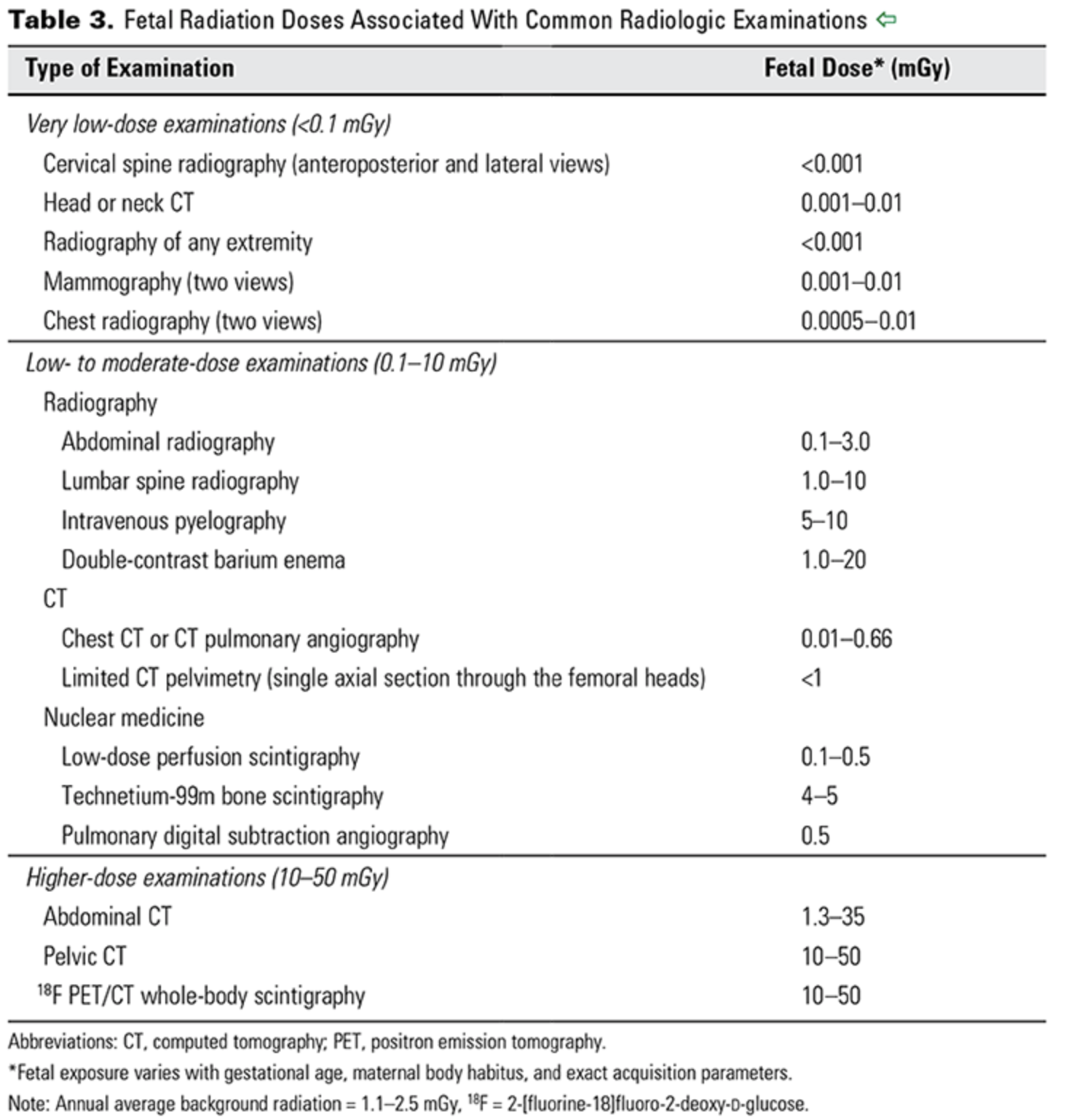Adnexal Masses Part 1: Imaging
/Today we’re embarking on a multi-part series through adnexal masses.
To frame our initial conversation on imaging features of adnexal masses, we’ve relied heavily on a golden piece of literature from the Radiological Society of North America, detailing the features and management of these findings on imaging. This paper contains a super nice table that should be considered a table-side reference for your own viewing of images.
Generally speaking, signs more suggestive of malignancy include:
Patient age/menopausal status: One of the biggest contributing risk factors, even before you know what the cyst looks like. In postmenopausal women with asymptomatic adnexal masses, the incidence of malignancy approaches 30%, while it is only 6-11% in premenopausal women.
Large size: cysts greater than 5cm should receive consideration for surgical intervention or closer follow up in premenopausal women. In postmenopausal women though, even small 1cm cysts should be considered for close interval follow up at a minimum.
Thickness: thicker walls (>3mm) portend more significant pathology.
Septations: multiple septations are also concerning for malignancy, though again this corresponds with the thickness; thinner septations may suggest more likely benign disease.
Nodularity: cysts with nodules or calcifications, particularly with vascularity, are more concerning.
Contents: one of the more nuanced findings; however, can help determine etiology: i.e., cysts with a reticular or lacy appearance are more suggestive of hemorrhagic cysts, while hyper echoic lines and dots with areas of acoustic shadowing are more suggestive of dermoid cysts.
Be sure to also check out ACOG PB 174 (membership required) and/or the OBG Project’s helpful bulleted summary! We definitely think looking through images alongside descriptive text is the primary way to learn this information, and we hope the podcast can help supplement that for some of you.


